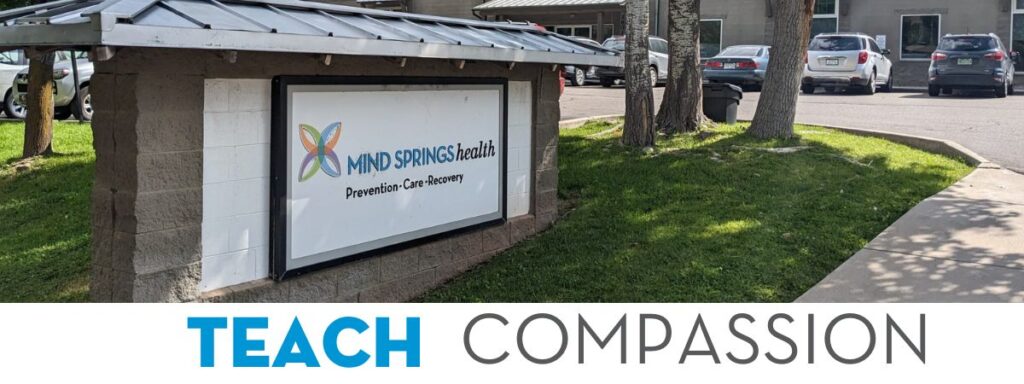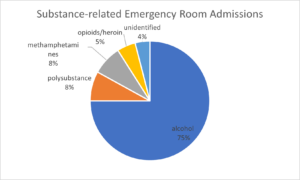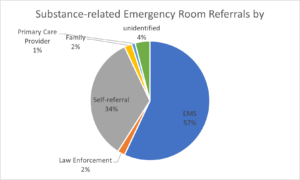FACT: Alcohol withdrawal can result in seizures or death.


Medically managed withdrawal management is the best practice for alcohol withdrawal management.
Click and drag on the image above to tour the latest progress.
(updated: December 20, 2023)
A Community Driven Solution
Garfield County stakeholders have worked intensively to design a withdrawal management setting that supports the full continuum of care and will position clients to connect with services that are most appropriate for their individual needs after discharge.
Community Compassion Inside.

After over 13 years without a withdrawal management solution in Garfield County, stakeholders began meeting in 2019 to explore options for bringing withdrawal management to the county.
The stakeholder group included all Garfield County municipalities, law enforcement, public health, area hospitals, human service agencies, concerned citizens, and individuals with lived experience in recovery from substance use disorder (SUD).

The Glenwood Springs withdrawal management facility is completely community driven and lifted. There is a clear understanding among Garfield County stakeholders that substance use disorder (SUD) treatment solutions will be successful only if it is community driven.
As a trusted community partner in behavioral health services, Mind Springs Health was asked by community partners to house and operate the withdrawal management program.

Eight to ten beds with 24/7, same day access to services including direct access for EMS and law enforcement to deliver clients to services.
As a trusted community partner in behavioral health services, Mind Springs Health was asked by community partners to house and operate the withdrawal management program.
Garfield County Community Contributors
Design and setting that supports the full continuum of care and connections to wider community resources to support recovery after discharge.
The most salient data to understand the need for withdrawal management service is data from area hospital emergency departments. Valley View Hospital and Grand River Hospital District captured substance use data from emergency departments to the best of their ability to better understand the service needs.
The new Glenwood Springs facility is a medically managed withdrawal management (MMWM) setting for alcohol and other substances. This takes responsibility off hospitals for medical clearance before a patient can be treated.



















